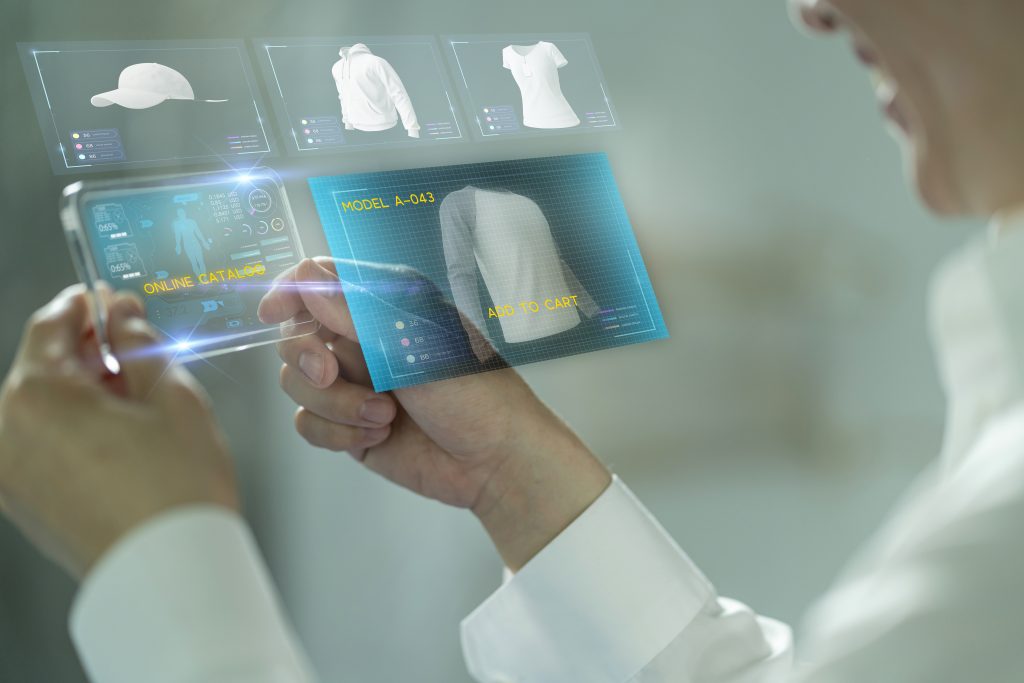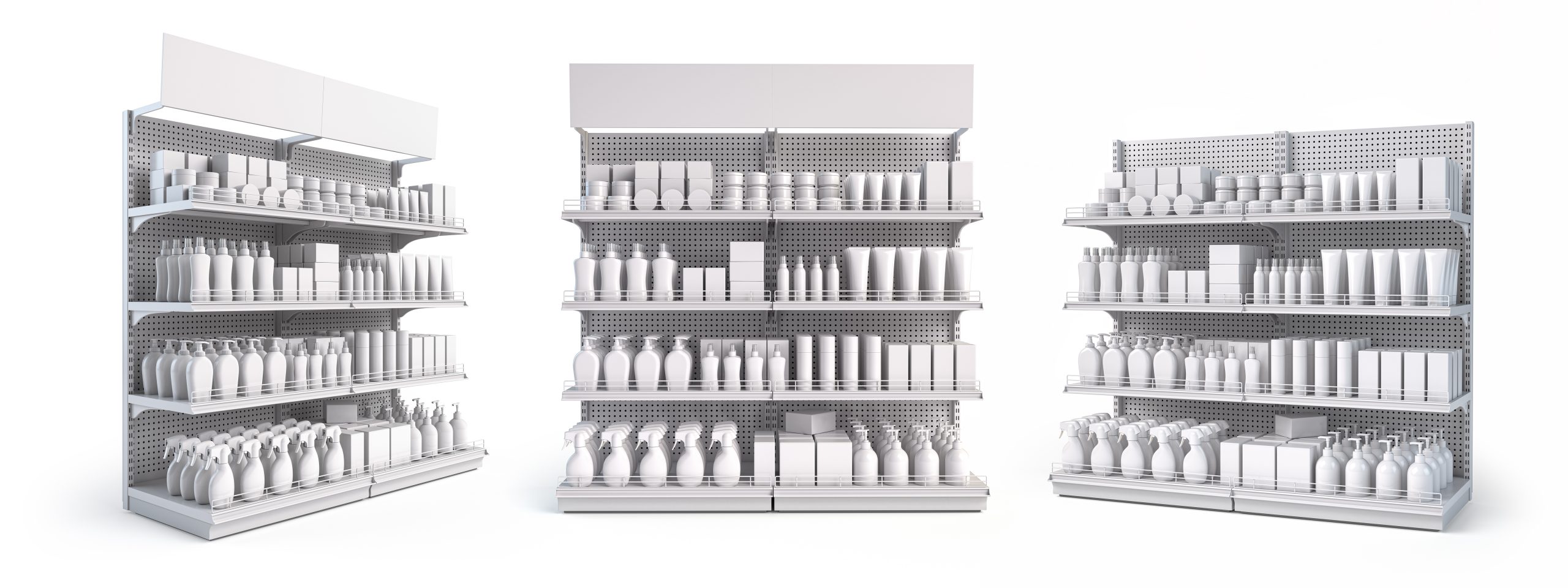Paid partnership with Manhattan Associates

After years of volatility and disruption, might 2024 bring some much-needed stability?
I’m optimistic that we are safely out of ‘permacrisis’ mode, but that doesn’t mean that 2024 will be uneventful. Technology will continue to disrupt the status quo, improving operational efficiencies and taking the customer experience to new heights. Here are 3 areas to watch:
AI: From Intrigue to Implementation
The buzz and excitement of generative AI bursting into the mainstream dominated the headlines in 2023, with ChatGPT alone reaching 100 million users within just a couple of months. But things will really begin to heat up in 2024: this will be the year of deployment. AI is no longer hype; it’s reality. We are on the cusp of another ‘smartphone moment’ where AI will disrupt every aspect of the value chain – from product development right through to consumption.
From a customer experience perspective, the holy grail of hyper-personalisation is finally within reach. AI-powered shopping assistants are not the future, they are here now. Rich, real-time, relevant experiences are rapidly becoming the norm. I’m personally excited to see how AI develops in our kitchens, helping consumers not only with meal inspiration but also reducing food waste, and also how AI-enabled virtual try-ons might help tackle the perennial problem of returns.
Tech-Enabled Human Touch
As retailers recognised the value in repurposed, tech-infused stores, the collective view on bricks and mortar shifted from ‘liability in a digital era’ to ‘top asset’. The industry’s primary goal of the past decade has been digitising our physical spaces. As we look ahead to the next decade, the focus will shift to making our digital spaces more physical, more immersive, more lifelike. We’re already seeing this with the rise of virtual try-ons, liveshopping, social commerce and virtual shopping consultations, to name a few. Mixed reality is coming. In the future, we really won’t know where the physical world ends and the digital one begins.
As e-commerce transitions from its current static, transactional state to one of multiple dimensions, physical retailers will need to ensure they are leveraging their staff to provide a unique, elevated experience. Retailers must look to technology here to help democratise concierge-level service, allowing staff to serve the customer in both an efficient and highly personalised way – that’s everything from clienteling to allowing customers to pay on the spot or swiftly collecting or returning an online order. Tech-enabled human touch will differentiate the winners from the losers in 2024.
ESG: Firmly Back on the Agenda
In recent years, progress on the ESG agenda may have been quietly stunted as both retailers and consumers prioritised cost efficiencies. However, it’s safe to say that this is one trend that is never going away, and I believe sustainability will be a top priority for retailers in 2024 and beyond.
Transparency will be a key theme this year. Consumers look to retailers to guide them in their decision-making and, with heightened awareness around both greenwashing and bluewashing, there is simply no hiding behind false claims or labels. Retailers will be judged on their authenticity. They should be striving for honesty over perfection. Retailers must have full visibility over their supply chain and be able to effectively communicate their practices and standards to consumers. I believe we’ll see greater demand for product durability and traceability around retailers’ broader circularity efforts. Increasingly, shoppers will want to align with brands whose values reflect their own.


